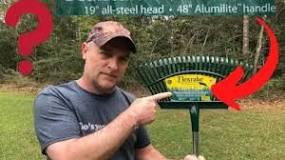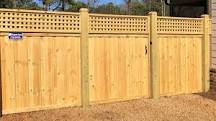So, will a power rake remove moss? Yes, a power rake can help remove moss from your lawn, but it’s not a magic solution. It’s more of a tool in your arsenal for tackling that pesky green stuff. Let’s dive into how it works and what you should know before firing up that machine.
What is a Power Rake?
A power rake, also known as a dethatcher, is designed to remove thatch—an accumulation of dead grass and organic material. It uses sharp tines to dig into the soil and pull up debris. While its primary job isn’t to remove moss, it can certainly help in the process by loosening up the soil and giving your grass a better chance to thrive.
How Does It Work on Moss?
When you run a power rake over your lawn, it does a few things:
1. Lifts Moss Off the Ground
The tines of the power rake can catch and lift moss from the surface. This is especially true if the moss is sitting on top of thatch or compacted soil.
2. Improves Airflow and Drainage
By removing thatch and moss, you’re allowing air, water, and nutrients to reach the soil better. This can help your grass grow stronger and outcompete any remaining moss.
3. Prepares for Reseeding
If you’re planning to reseed your lawn after moss removal, using a power rake creates an ideal seedbed. It breaks up the soil and gives new seeds a better chance to germinate.
Limitations of Using a Power Rake
While a power rake can be effective, it’s not foolproof. Here are some limitations:
1. Not All Moss Will Be Removed
Some stubborn patches might require additional methods like manual removal or chemical treatments.
2. Potential Damage to Grass
If used incorrectly or too aggressively, a power rake can damage healthy grass. It’s important to adjust the depth settings properly.
3. Timing Matters
Using a power rake when the ground is too wet or dry can lead to poor results. Timing your raking during optimal conditions is key.
Summary
In short, a power rake can definitely help you tackle moss in your lawn, but it shouldn’t be your only strategy. Combine it with good lawn care practices like proper watering, aeration, and fertilization for the best results.
FAQ
Can I use a power rake on all types of grass?
Yes, but be cautious with delicate grasses like fescue or bluegrass. Always test on a small area first!
How often should I use a power rake?
Typically, once or twice a year is enough. Spring or fall are great times for this task.
Will using a power rake kill my grass?
If used correctly, it shouldn’t kill your grass. Just avoid raking too deep or when the ground is overly wet.
What should I do after using a power rake?
After raking, consider reseeding any bare patches and follow up with proper watering and fertilization to encourage healthy growth.







